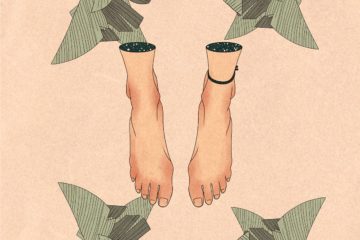This study aims to examine how to classify youth’s attitude towards Korean society and the extent to which latent classes of youth’s attitudes toward Korean society are explained by economic status measured by net worth and household income. For these purposes, this study employs latent class analysis by M-Plus and multinomial logistic regression analysis. The sample size is 2,556 youth from supplementary data of 19th wave of KLIPS. The study sample was again regrouped into three groups: total youth group, independent youth group, and youth living with parents. Key research findings are as follows: First, the latent classes are classified into three groups: Positive, middle, and negative types. Second, net wealth is consistently and significantly influencing positive attitudes of youth toward Korean society. Comparatively, household income’s influence is found to be not strong. This study concludes with several policy implications for enhancing attitudes and well-being of the youth.
References:
Kim, Yong-Hoi and Chang-Keun Han. 2019. “Latent Class Analysis of Youth’s Attitudes toward Korean Society: Focusing on Impacts of Economic Status.” Korean Journal of Social Welfare Studies 50(1): 309-339.


